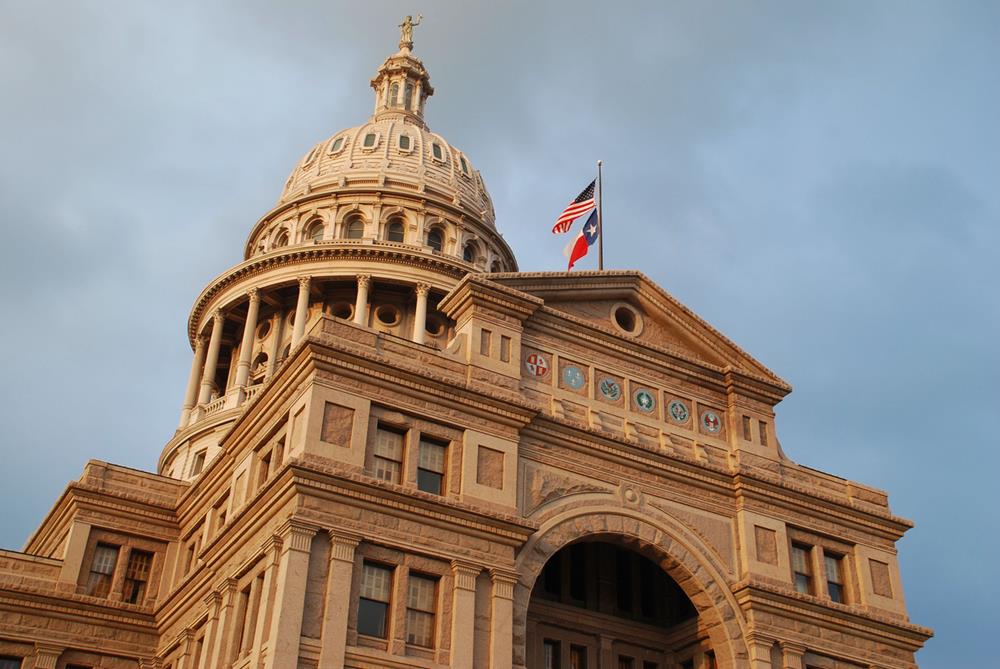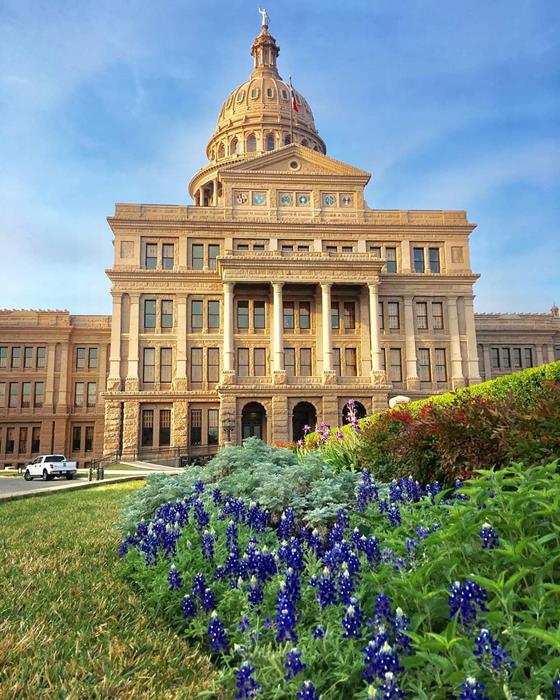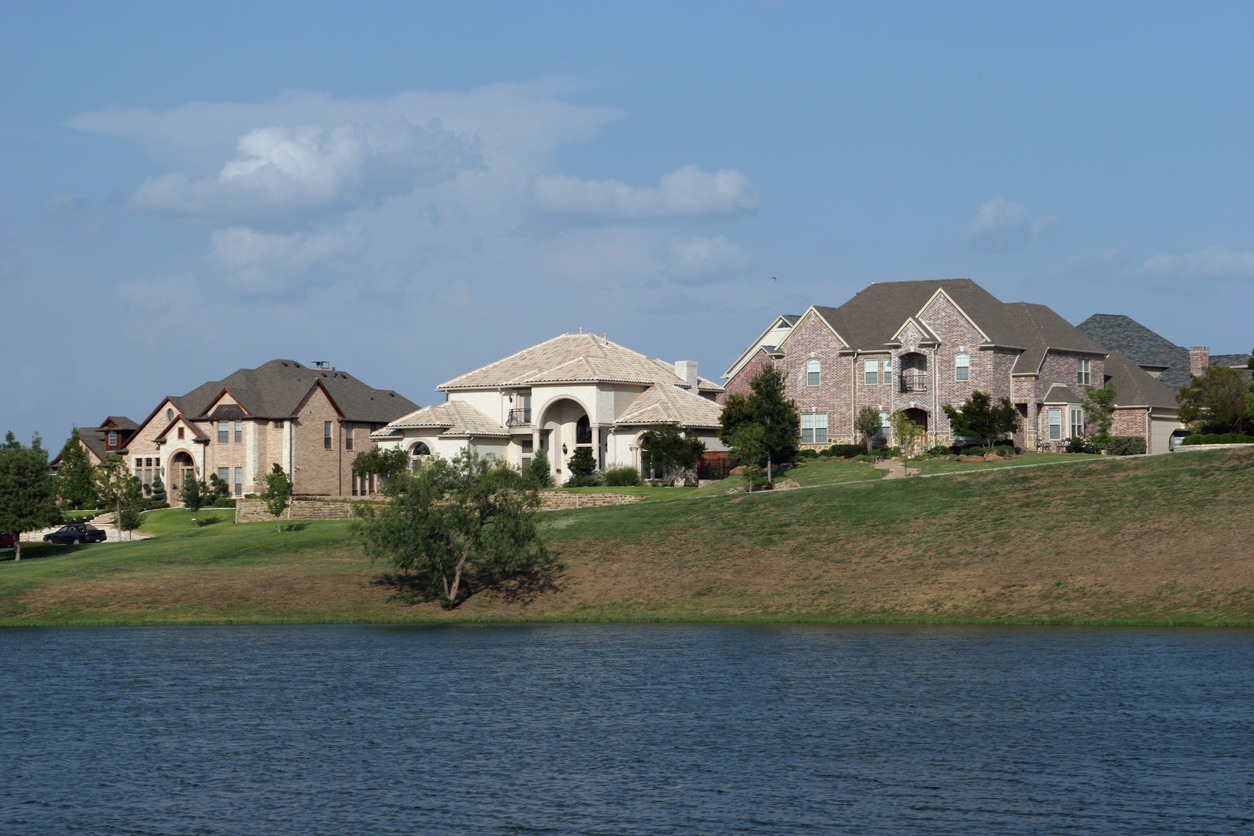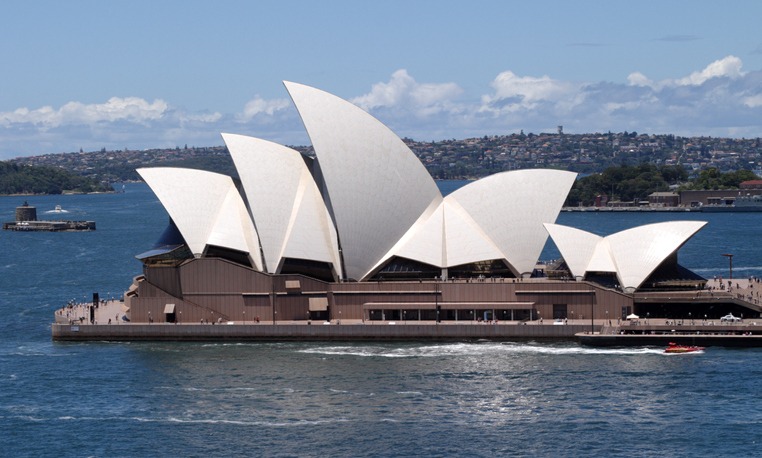Top 5 Iconic Architectural Styles Found in Texas

Texas's architectural landscape showcases five iconic styles: Victorian grandeur with ornate facades and high ceilings; Spanish Colonial Revival featuring terracotta roofs and stucco walls; Mid-Century Modern with glass walls and indoor-outdoor connections; Classical/Neoclassical civic architecture symbolizing pride and permanence; and Craftsman bungalows with exposed wood and generous porches.
Each style reflects the state's climate adaptations, cultural influences, and historical evolution. Discover how these architectural treasures tell the story of Texas's identity through their distinctive designs.
Victorian Grandeur: Ornate Elegance in the Lone Star State
While many might associate Texas architecture with Spanish influences or rustic ranch styles, Victorian grandeur established a significant footprint across the Lone Star State during the late 19th century. As railroads expanded, so did these ornate designs featuring asymmetrical facades, steeply pitched roofs, and elaborate trim work.
You'll notice clever climate adaptations throughout these homes. High ceilings (10–14 feet) improved ventilation, while sleeping porches provided cooler nighttime retreats during sweltering summers. Light-colored roofing and ample shade helped combat the Texas heat.
Galveston's Bishop's Palace and Moody Mansion exemplify this architectural splendor, while smaller towns showcase more modest Folk Victorian interpretations. These homes weren't just beautiful—they reflected the wealth and social aspirations of Texas's growing middle and upper classes.
The Victorian style reached peak popularity during the Gilded Age when mass production of materials made such elaborate construction possible.
Spanish Colonial Revival: Texas's Mediterranean Heritage
As Victorian architecture displayed the opulence of Texas's emerging prosperity, another tradition was simultaneously shaping the state's visual identity: Spanish Colonial Revival. You'll recognize this style by its low-pitched terracotta tile roofs, smooth stucco walls, and arched openings—forms inspired by Texas's 18th-century Spanish settlements and widely revived in the early 20th century.
This distinctive style thrives particularly in San Antonio and border regions like Laredo, where climate-smart features—interior courtyards, elongated floor plans that capture breezes, and small recessed windows—mitigate heat and glare.
In Laredo's San Agustín de Laredo Historic District (rooted in 1755), adobe and sandstone construction reflect authentic Spanish Colonial precedents, while later Revival buildings add tile, wrought iron, and decorative plaster.
Notable Texas architects such as Atlee B. Ayres incorporated regional craftsmanship—ironwork, patterned cement tile, and carved stone—creating homes that are both beautiful and suited to the semi-arid environment.
Mid-Century Modern: Clean Lines and Texas Innovation
The post-World War II era introduced Mid-Century Modern architecture to Texas, transforming residential design with its distinctive blend of form and function. You'll recognize these homes by cantilevered overhangs, expanses of glass, and seamless indoor-outdoor connections—expressions of regional modernism responding to sunlight, heat, and prevailing breezes.
Architects like Howard Meyer, O'Neil Ford, and Bud Oglesby prioritized thermal comfort through strategic window placement, deep eaves for shading, and materials that flow from exterior to interior. Plans are typically open and rectilinear, with clear zoning between social and quiet areas.
In San Antonio's Shearer Hills/Ridgeview, you'll see Bauhaus principles adapted to the local climate, while in Dallas neighborhoods such as Lake Highlands and Preston Hollow, mid-century homes showcase the optimistic spirit of post-war America, tuned to Texas conditions.
Classical and Neoclassical Monuments of the Republic

Classical ideals influenced Texas civic architecture from the Republic era forward, but the most prominent Classical/Neoclassical works rose in the late 19th and early 20th centuries, when symmetry, columned porticoes, and formal entries conveyed stability and democratic values.
The Texas State Capitol—an Italian Renaissance Revival landmark of sunset-red granite—embodies this civic symbolism (completed in 1888, well after the Republic period). Across the state, museums and courthouses adapted classical language to local materials; in Victoria, the Nave Museum occupies a Classical Revival building that anchors the city's cultural life.
These structures were not merely functional—they expressed Texas's complex identity under multiple flags and, today, serve as educational landmarks hosting cultural and community gatherings.
Craftsman Bungalows: Handcrafted Comfort in Texas Neighborhoods
Emerging in the early 1900s as a response to industrial excess, Craftsman bungalows brought handcrafted warmth and practical comfort to Texas neighborhoods. You'll recognize low-pitched roofs with wide eaves, substantial porches, and exposed structural wood that celebrate artisan skill.
These houses flourished in Houston and Dallas between roughly 1905–1925, with Texas adaptations reflecting both Japanese-inflected detailing and locally sourced materials. The style in the U.S. was popularized by architects Greene & Greene and spread via pattern books and kit houses, enabling builders in areas like Dallas's M Streets to create approachable versions for growing middle-class communities.
Today, historic districts preserve these honest, human-scaled designs while interiors are sensitively updated for modern living—their simplicity, natural materials, and livability continue to resonate with Texans.



